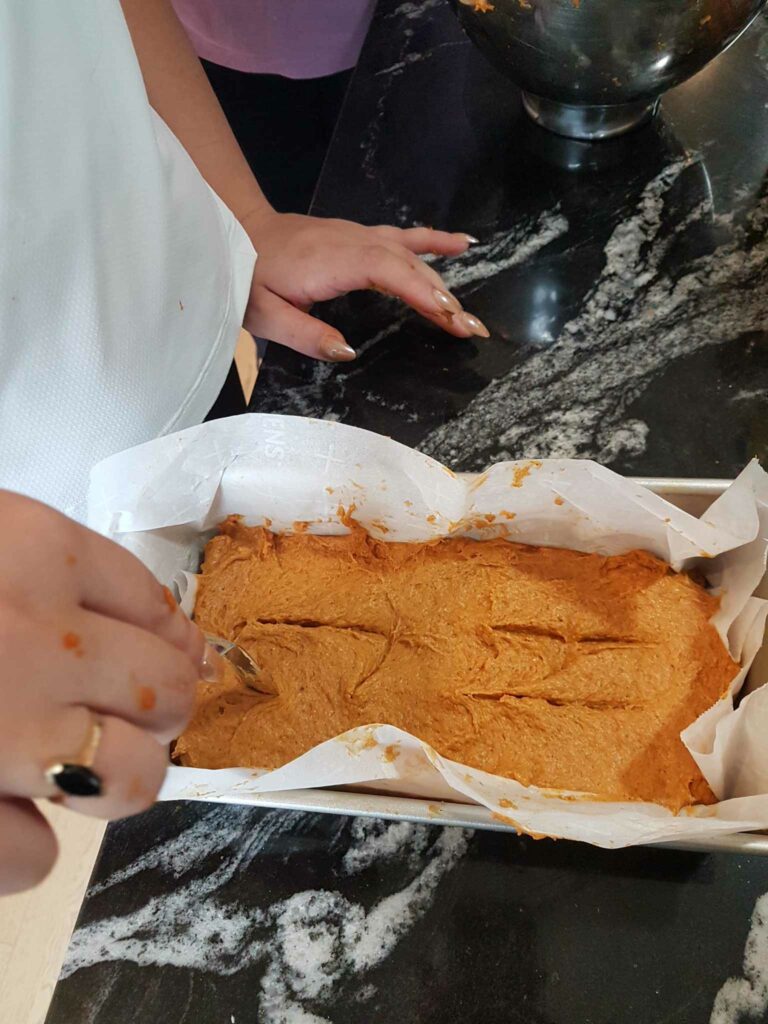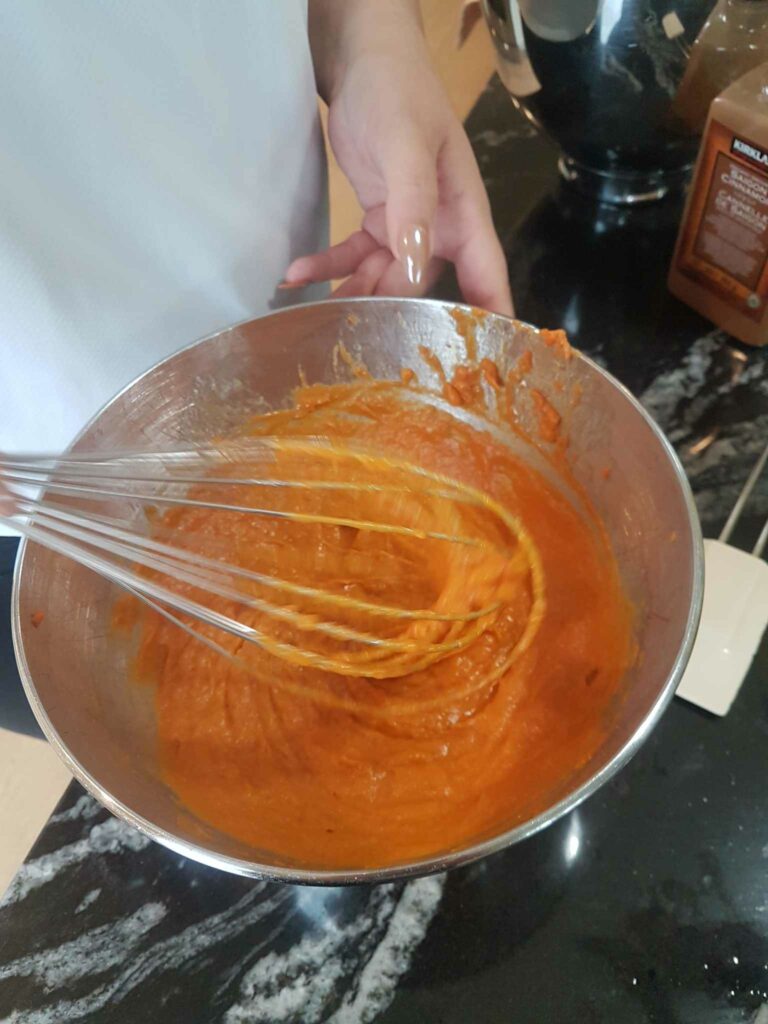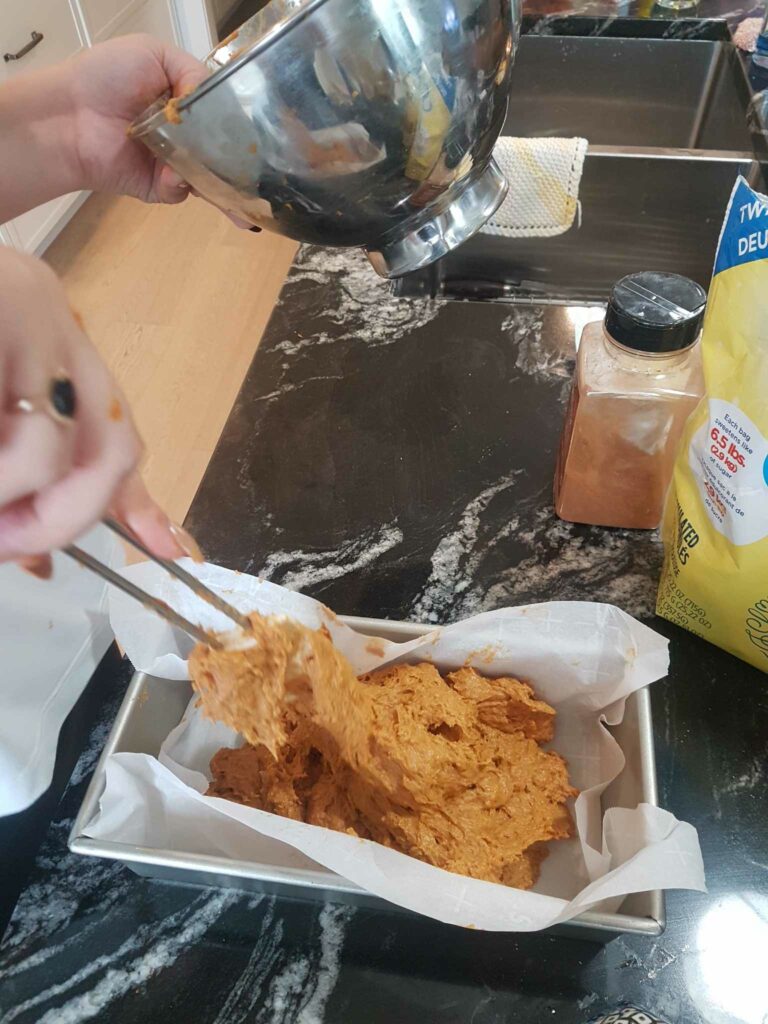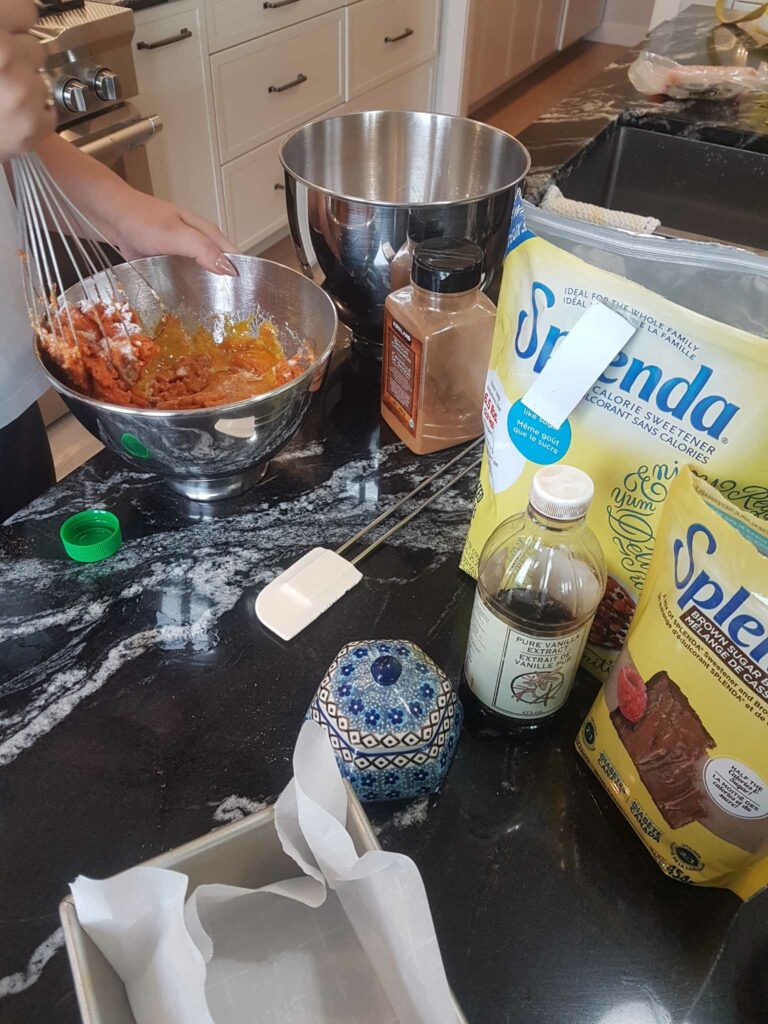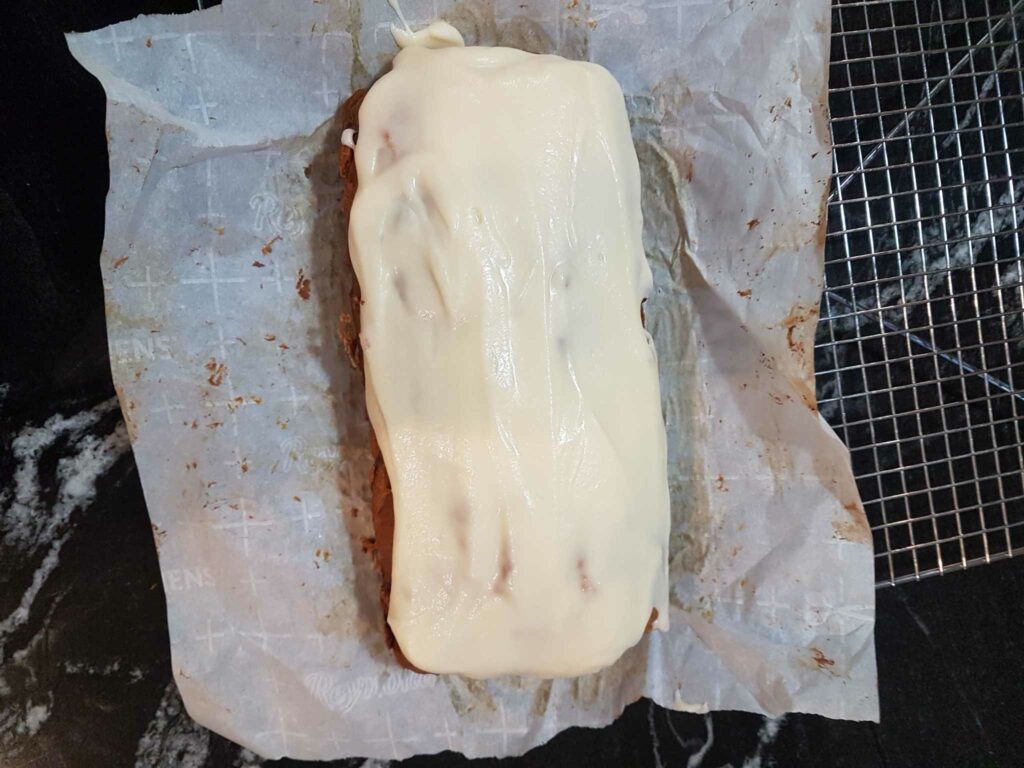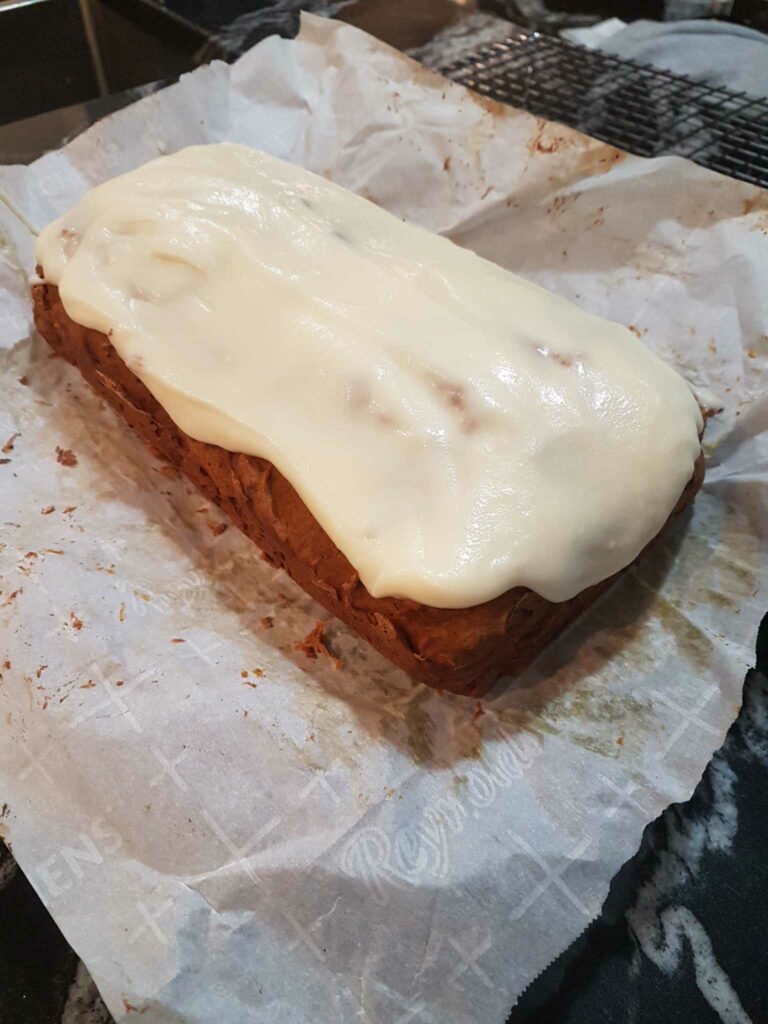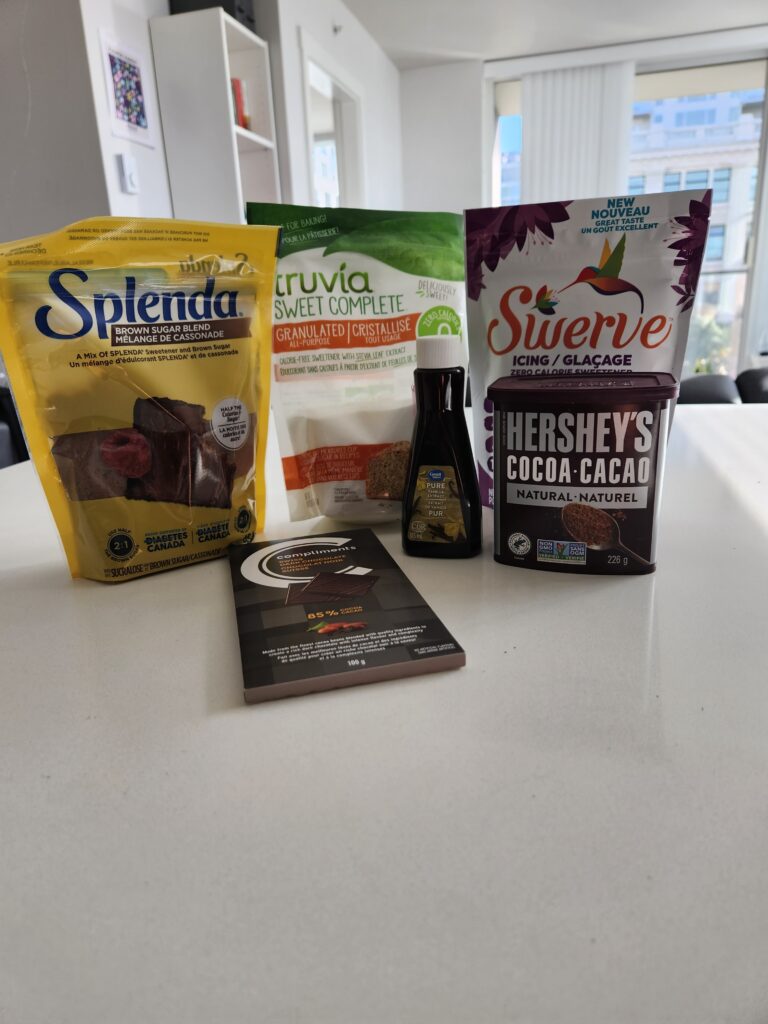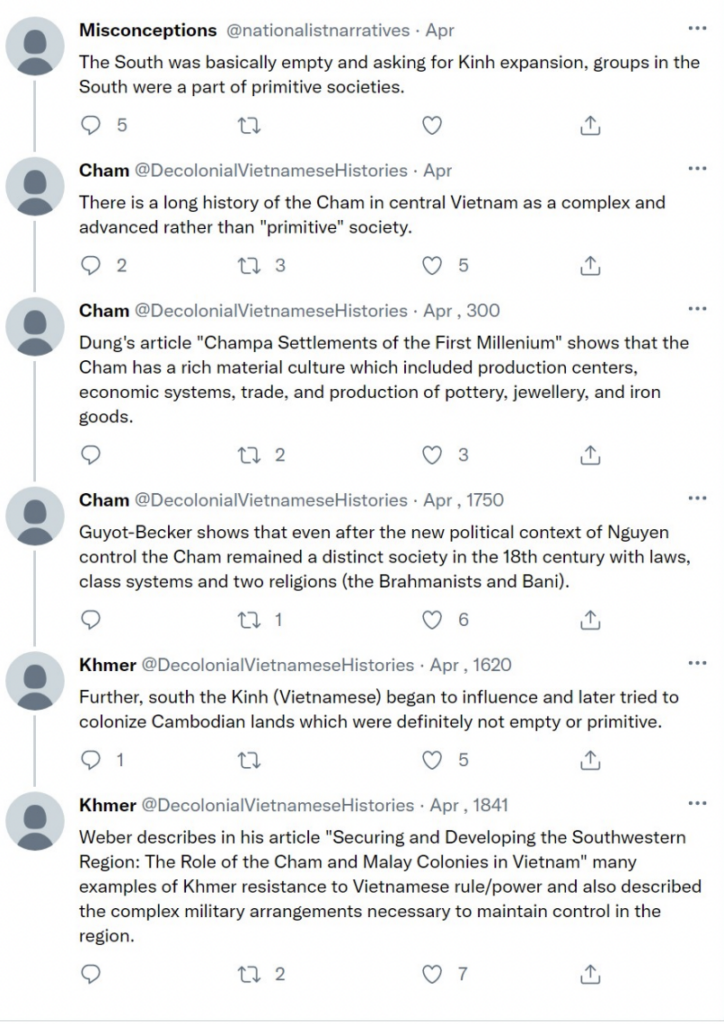Online learning reflection
- As discussed in class, the majority of share the experience of transitioning to online teaching modalities during the recent Covid-19 pandemic. Reflect on your experiences as a student studying in this new format. What aspects of online learning did you like? What issues did you encounter? If given the option to pursue a programme offered either in a F2F (Face to Face), online, or hybrid format; which would you pick and why?
I dislike learning in online formats. Personally I find screens distracting and have trouble connecting with peers and an instructor over video, synchronous, or asynchronous communication methods. I found that if I fell behind it was much harder to catch up in an online learning setting when there were deliverables more often and consistently. I had to drop a lot of my online classes. This sounds sad but the only part I liked was having an excuse to not pay attention to the classes I didn’t like. I don’t know why but my biggest issue was that I would literally just fall asleep all the time during online classes or asynchronous classes too. I would always pick Face to Face because I just can’t pay attention to a screen.
- As we saw with Covid-19, transitions to new modalities are not always expected nor thoroughly prepared for in advance. As a new educator in the secondary system, what advice do you have to yourself and other new educators in how they can best prepare themselves for such a transition if it were to happen in the future? Share two learning activities you plan to have “in your back pocket” that would be useful for leading a course in your specific teachable area during such an emergency transition.
I think having emergency screencastify lessons is useful for an emergency transition or even for when we get sick for a TOC to play. I know something said we shouldnt have our face on the screen because its distracting but I think it is invaluable for students to see a familiar face in those circumstances. I personally cannot focus without the face.
For humanities, having students work in google docs together is an amazing resource and seriously undervalued. It works for both sychronous and asychronous group work. During Covid me and my friends would run entire model UN conferences for hundreds of teens solely off zoom and group google docs.


